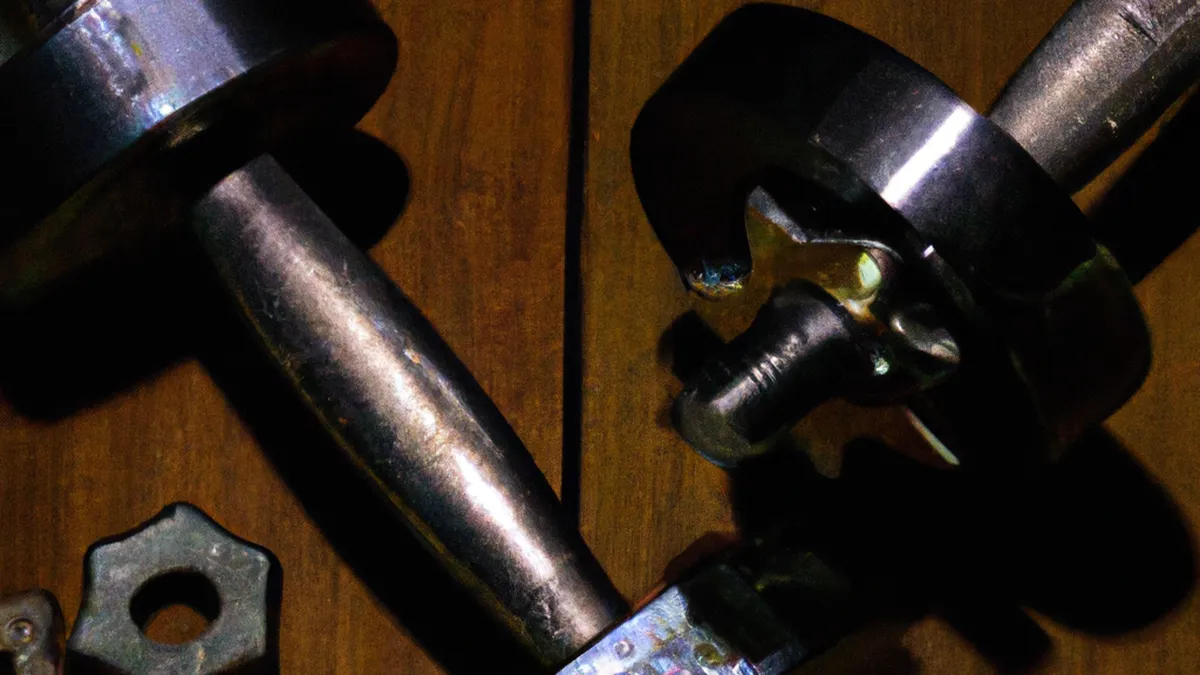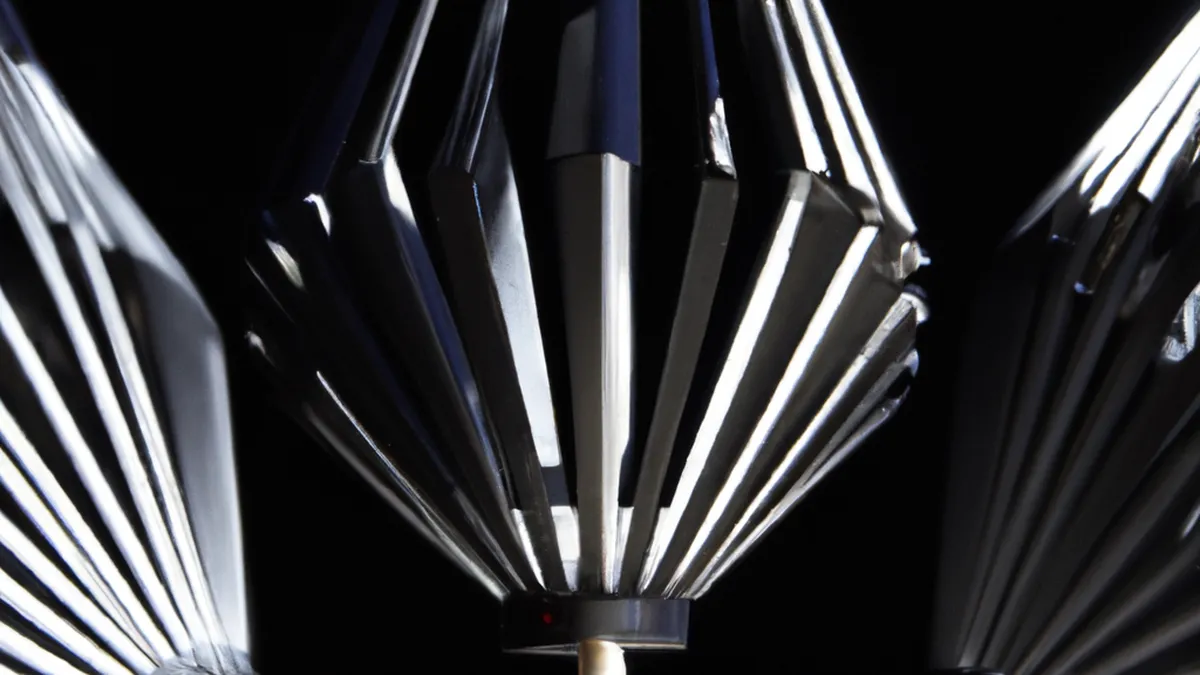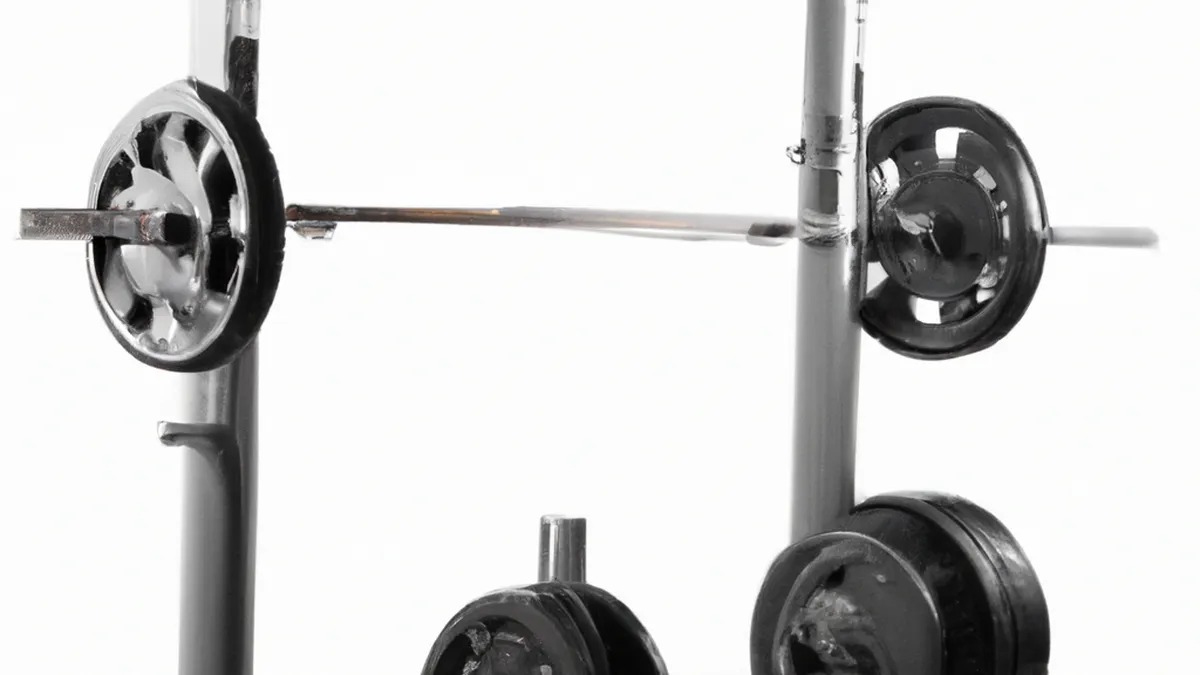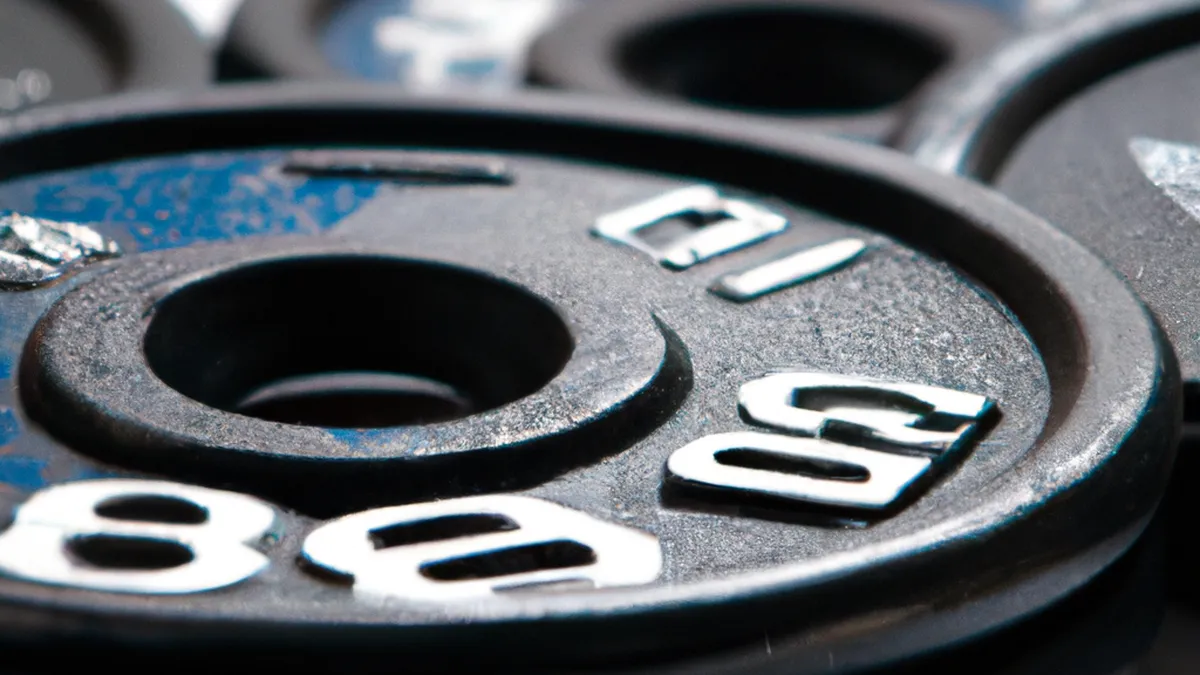Best Sports Shoes for Camp Success
How to Select the Right Shoes for Sports Camps
Selecting the right shoes for sports camps can feel overwhelming. Many options exist, making it easy to get lost. However, choosing the right footwear is essential for comfort, performance, and injury prevention. This guide will help you make the best choice.
Understand Your Sport
Different sports require specific types of shoes. Running shoes offer cushioning and support for forward motion. Basketball shoes provide ankle support and traction for quick lateral movements. Knowing your sport’s requirements will narrow down your options.
Research Specific Requirements
Research your sport’s specific needs before shopping. Soccer players need cleats for traction on grass. Cleats help them navigate the field with agility. Tennis players require shoes designed for lateral movement, which provide stability during quick side-to-side motions. Understanding these requirements helps you avoid unsuitable shoes.
Fit and Comfort
Fit is vital when choosing sports shoes. Improperly fitting shoes can cause blisters, calluses, or serious injuries. When trying on shoes, they should feel snug but not tight. Aim for a thumb’s width of space between your longest toe and the shoe’s front for natural movement and support.
Factors to Consider for Fit
1. **Width**: Feet vary in width. Ensure the shoe fits your foot’s width. Narrow shoes can cause discomfort, while wide shoes lack support.
2. **Arch Support**: Different arch types exist—high, medium, or low. Choose shoes that match your arch type for optimal support. Many brands cater to different arch heights.
3. **Try Before You Buy**: Always try on shoes before purchasing. Walk around and perform light movements to test their fit. Visit a specialty store for staff assistance with your gait.
Consider Your Foot Type
Understanding your foot type significantly impacts your shoe choice. Most people fall into three categories: neutral, overpronators, and underpronators. Identifying your foot type helps you select shoes that provide the best support and comfort.
Neutral Feet
If you have neutral feet, you’re fortunate as you can wear a wide range of shoes. Look for well-cushioned options that support without being overly structured. Neutral shoes allow natural foot motion while offering protection during activity.
Overpronators
Overpronators experience excessive inward rolling during strides. This rolling can lead to injuries if not addressed properly.
Conclusion
Selecting the right sports shoes involves understanding your sport, fit, and foot type. Follow these guidelines to make an informed choice.
Below are related products based on this post:
FAQ
What factors should I consider when selecting shoes for a specific sport?
When selecting shoes for a specific sport, it’s important to understand the unique requirements of that sport. For example, running shoes are designed for forward motion with cushioning, while basketball shoes provide ankle support and traction for lateral movements. Researching the specific needs of your sport will help you narrow down your options effectively.
How can I ensure that my sports shoes fit properly?
To ensure a proper fit for your sports shoes, they should feel snug but not tight. There should be about a thumb’s width of space between your longest toe and the front of the shoe. It’s also crucial to consider the width and arch support of the shoe, and always try on shoes before purchasing to test their fit while walking and performing light movements.
Why is it important to understand my foot type when choosing sports shoes?
Understanding your foot type is essential as it significantly impacts your shoe choice. People generally fall into three categories: neutral, overpronators, and underpronators. Identifying your foot type allows you to select shoes that provide the best support and comfort, which can help prevent injuries and enhance performance during sports activities.















Post Comment